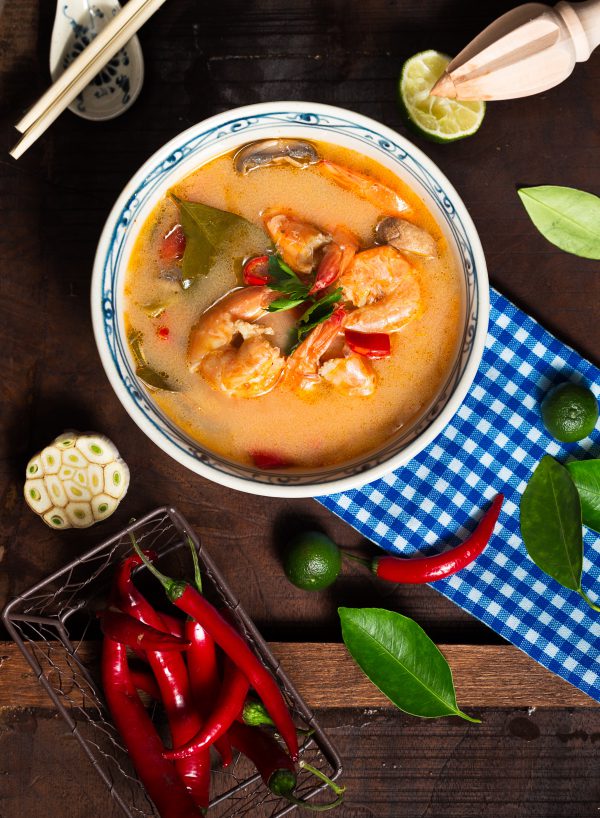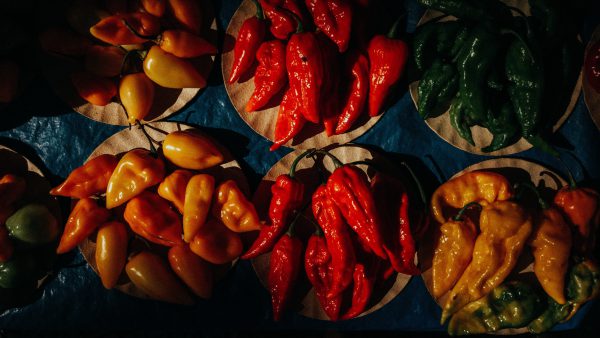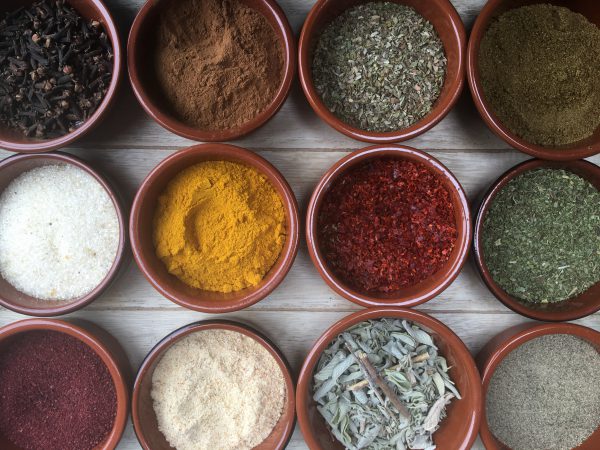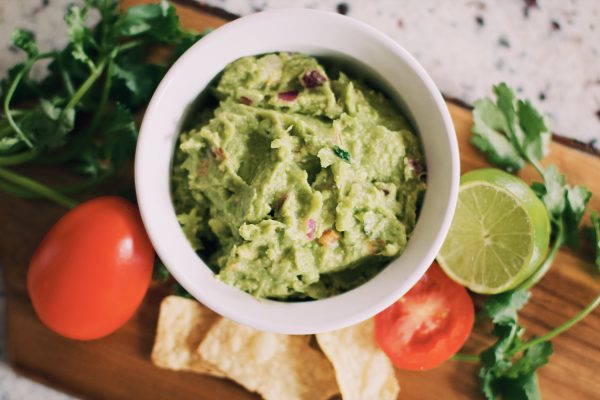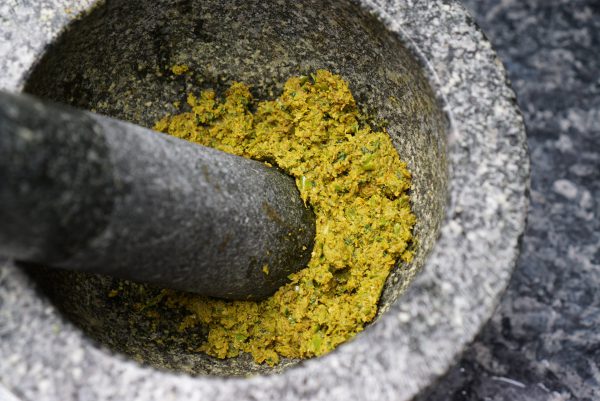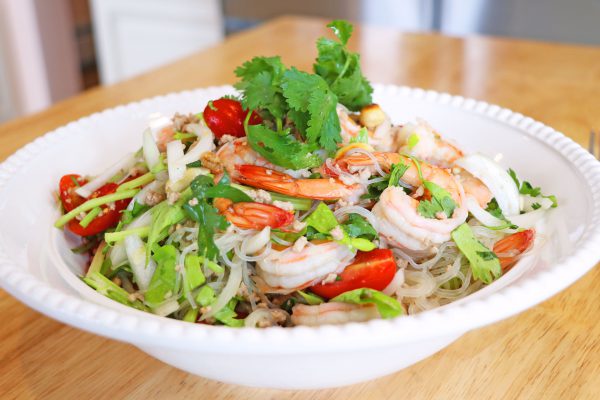Last Updated on September 14, 2023
If hummus is not in your weekly rotation of dips, hang tight because you’re about to add the perfect side dish to your cookbook. You can dip hummus with some pita or vegetables, smear it on a sandwich, or serve it with roasted meat. It can also be a great option for an easy breakfast – try it on toast with a slice of tomato.
Sure, you can find all sorts of ready-made hummuses in grocery stores, but a homemade one is so easy to make, and it tastes so much better with freshly cooked chickpeas that it’s really a shame to reach for the packaged ones.
Plus, you can avoid all those weird preservatives and additives found in store-bought stuff by mixing your hummus yourself. You can tailor the flavor to your liking and switch it up every week, so you never get bored. Trust us, once you try homemade hummus, you’ll never go back to store-bought again!
Is Hummus Carb or Protein?
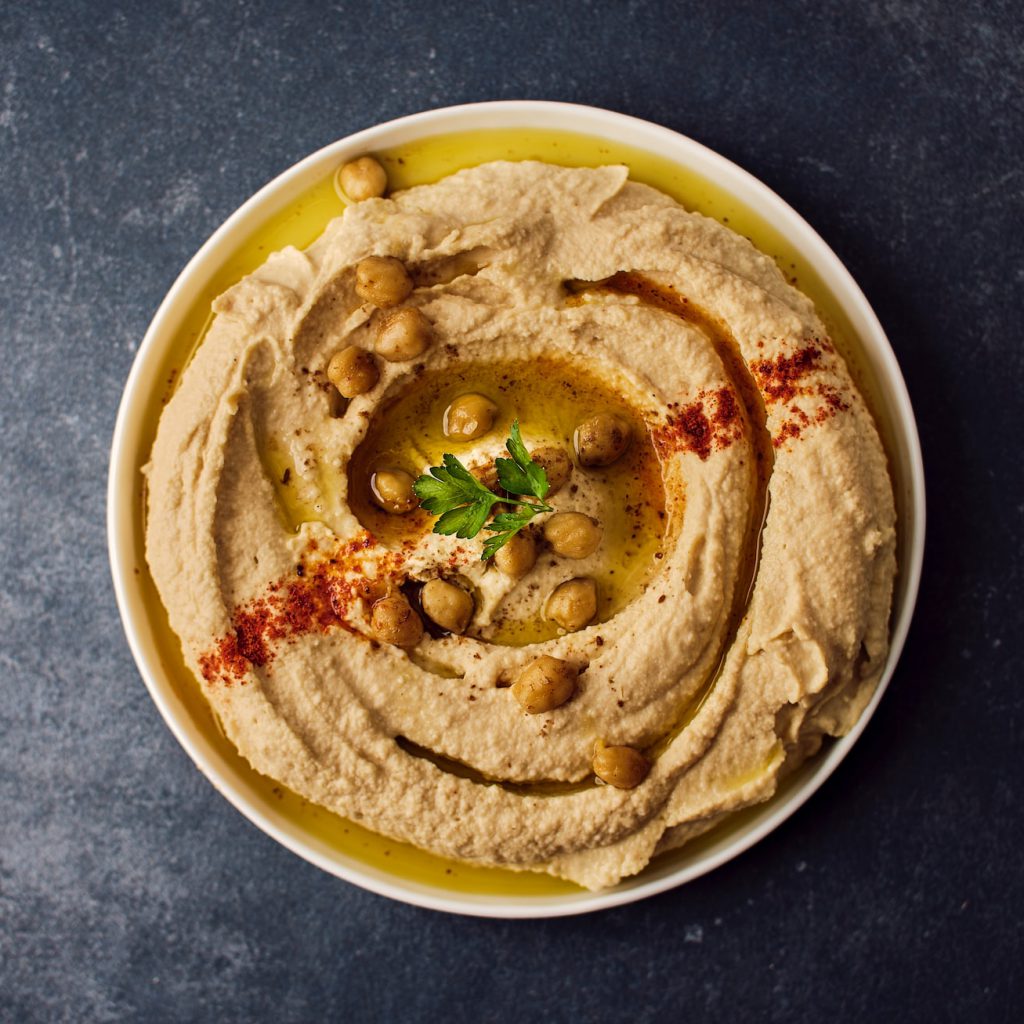
The main ingredient of classical hummus is chickpeas, which are high in both carbohydrates and proteins. In a 100-gram serving of hummus, you get approximately 20 grams of carbs and 6 grams of protein. But hummus contains other ingredients like tahini, made from sesame seeds, which contribute to its protein content.
So, overall, hummus can be considered a source of both carbohydrates and protein.
Is Hummus Ketogenic?
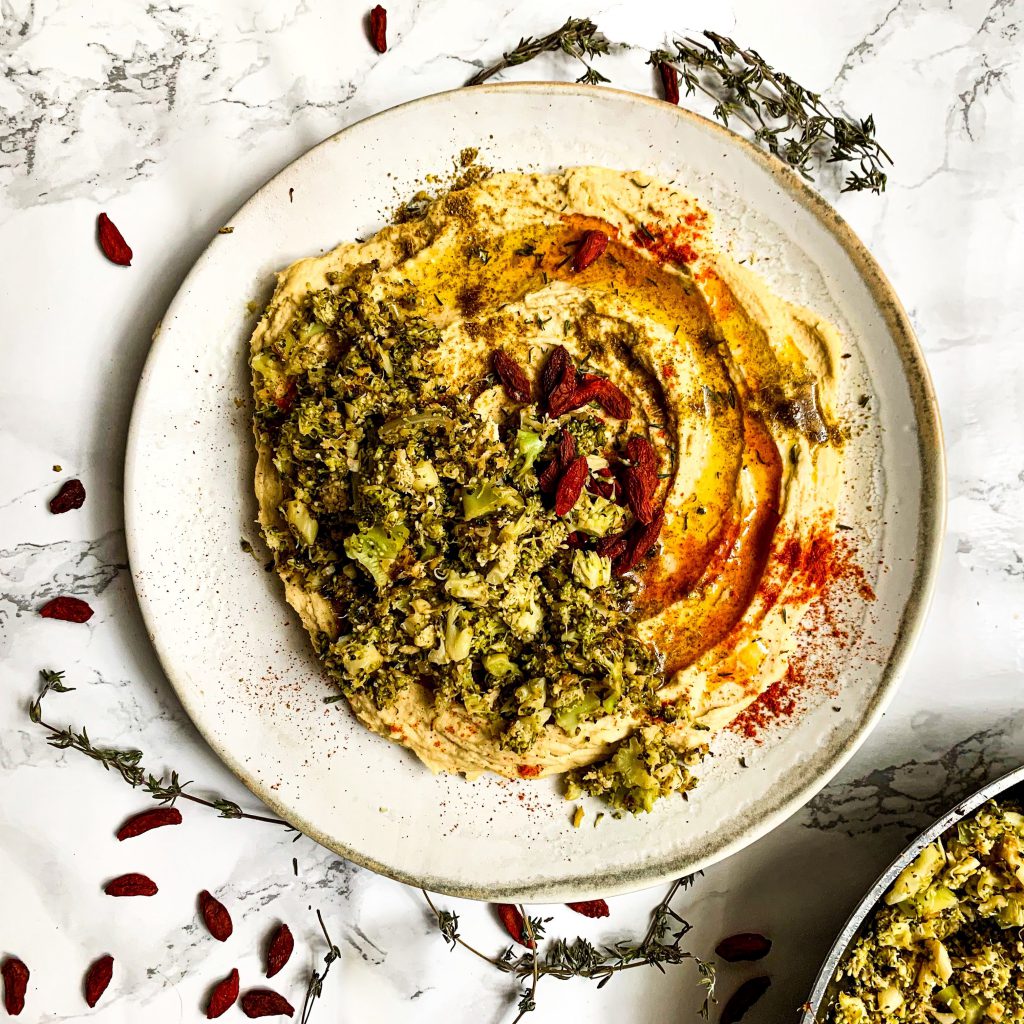
The ketogenic diet is a high-fat, low-carbohydrate diet that is designed to help your body enter a state of ketosis, where it burns fat for fuel instead of carbohydrates.
To remain in ketosis, you need to limit your carbohydrate intake to less than 50 grams per day. Since a 100-gram serving of classical hummus contains about 20 grams of carbohydrates, hummus can be keto-friendly. But you should be careful, as it’s a quick way to fill up your daily carbs quota.
If you follow a ketogenic diet, making a low-carbohydrate version of hummus by replacing the chickpeas with ingredients like cauliflower, bell peppers, or avocado is also an option. These alternatives provide a source of fat and protein with fewer carbohydrates, making your hummus more ketogenic-friendly.
Can You Eat Hummus Every Day?
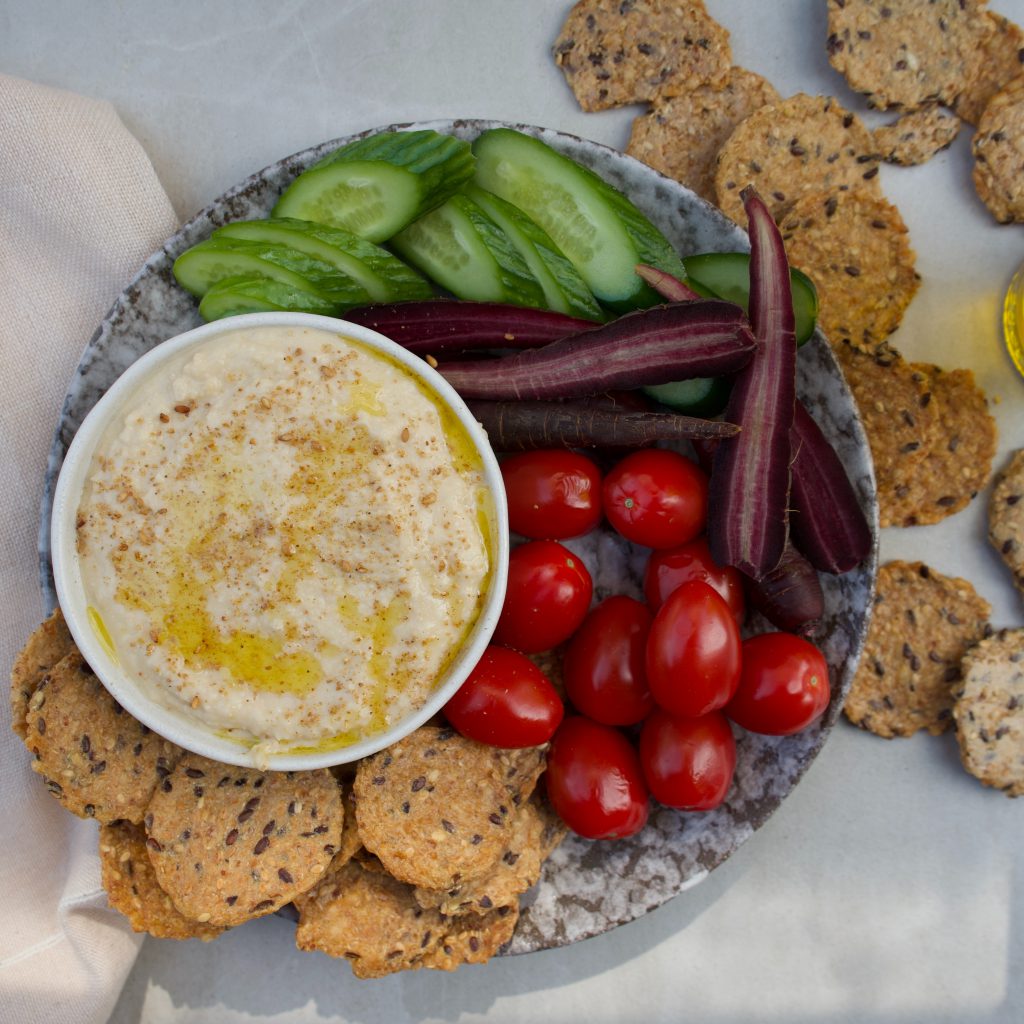
There is no specific reason why you shouldn’t eat hummus every day. It’s high in fiber and protein and contains various vitamins and minerals that contribute to a balanced diet.
However, like any other food, it’s important to enjoy hummus in moderation as part of a varied diet. You can only get all the nutrients your body needs to stay healthy by following a diverse diet.
Additionally, it’s important to pay attention to the portion size of the hummus you consume. Hummus contains ingredients such as olive oil and tahini that are high in calories, and consuming too much of it can lead to weight gain.
Are There Other Types of Hummus?
Hummus means chickpeas in Arabic, so if you’re a conservative cook, you can’t call a dip hummus if it’s made of something other than chickpeas.
However, there are many different types of hummus, and the variety continues to grow as people experiment with new flavors and ingredients.
Some common ingredients to fully or partially substitute chickpeas with are red peppers, roasted bell peppers, sun-dried tomatoes, roasted beets, roasted garlic, and black beans.
You can also play with the aromatizers and add some basil pesto or experiment with different spices and aromatics, such as turmeric, paprika, cayenne, sumac, cilantro, or basil.
The possibilities are endless, so feel free to experiment and try new flavors to find your favorite type of hummus.
Hummus Recipe
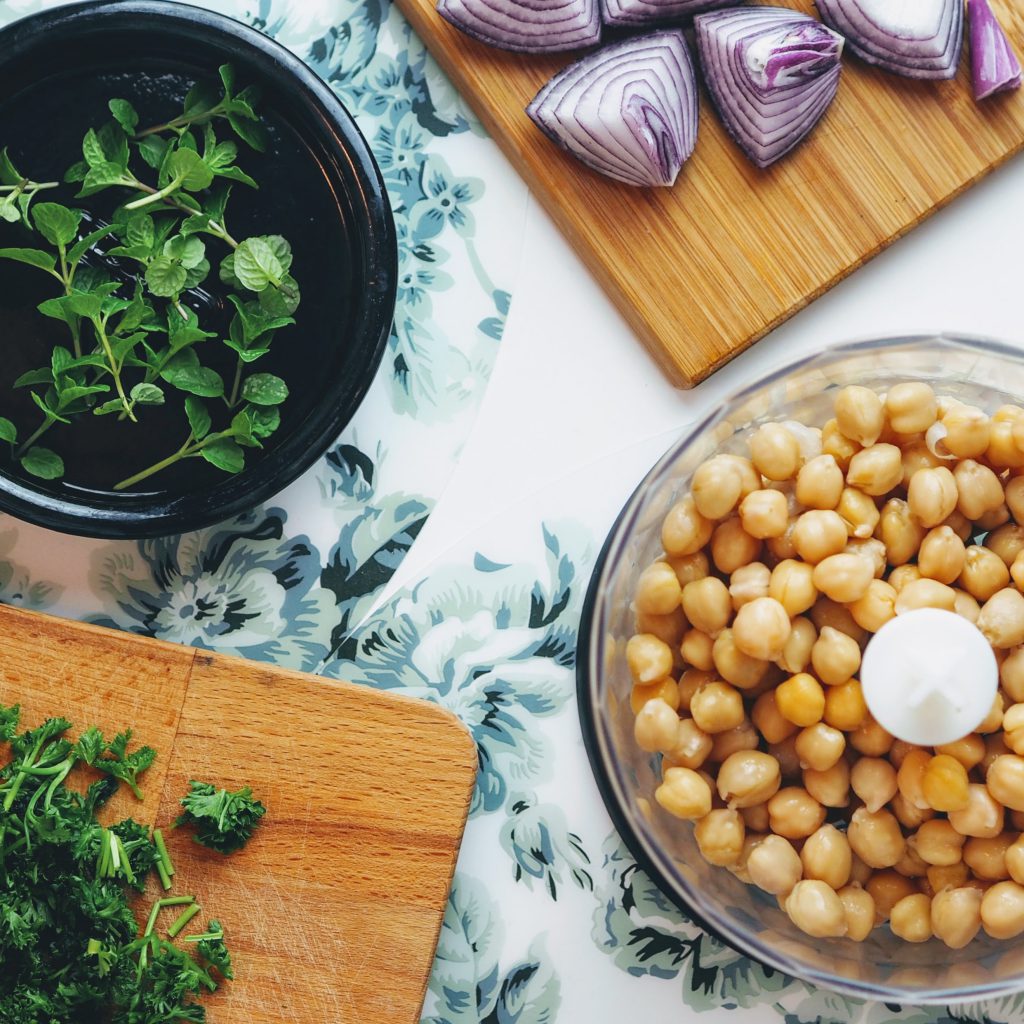
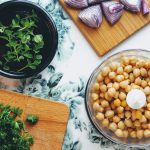
Hummus
-
 Prep Time: 10 minute
Prep Time: 10 minute -
 Total Time: 10 minute
Total Time: 10 minute -
 Yield: 3 cups 1x
Yield: 3 cups 1x
Description
Special equipment: Blender, food processor, or mortar and pestle
Ingredients
- 500 gr chickpeas, boiled, drained, and rinsed
- 2 tbsp olive oil
- 2 tbsp tahini
- 2 tbsp lemon juice
- 1 clove garlic, minced
- 1/4 tbsp ground cumin
- Salt to taste
Instructions
- Combine the chickpeas, lemon juice, tahini, cumin, garlic, and salt in a mortar. A food processor or blender will do too.
- Blend everything until you get a smooth paste. Scrape down the sides of the bowl if using a food processor or blender as needed.
- Slowly drizzle in the olive oil and continue blending until the hummus is well-mixed and smooth.
- Taste and adjust the seasoning as needed.
- Transfer the hummus to a serving bowl and garnish with a drizzle of olive oil and a sprinkle of paprika (optional).
- Optional: crisp 1/2 cup cooked chickpeas in 3 tablespoons of olive oil in a skillet until they are golden to garnish the hummus.
- Serve with pita bread, vegetables, or other dipping items of your choice. Enjoy!
Notes
- A mortar and pestle is the old-school way of making hummus, and it works. Just be prepared to put a little elbow grease into it. It’ll turn out full of texture and flavor. However, if you’re after a creamier batch of hummus, then you should turn to your blender or better food processor.
- You can use a can of pre-cooked chickpeas instead of boiling them yourself, but uncanned chickpeas will make your hummus taste so much fresher.
- You can adapt this recipe’s ingredients and ratios to your taste. Try adding more or less lemon and garlic, experimenting with different spices, and replacing or partially substituting chickpeas with some of the ingredients mentioned above.
What to Serve Hummus With
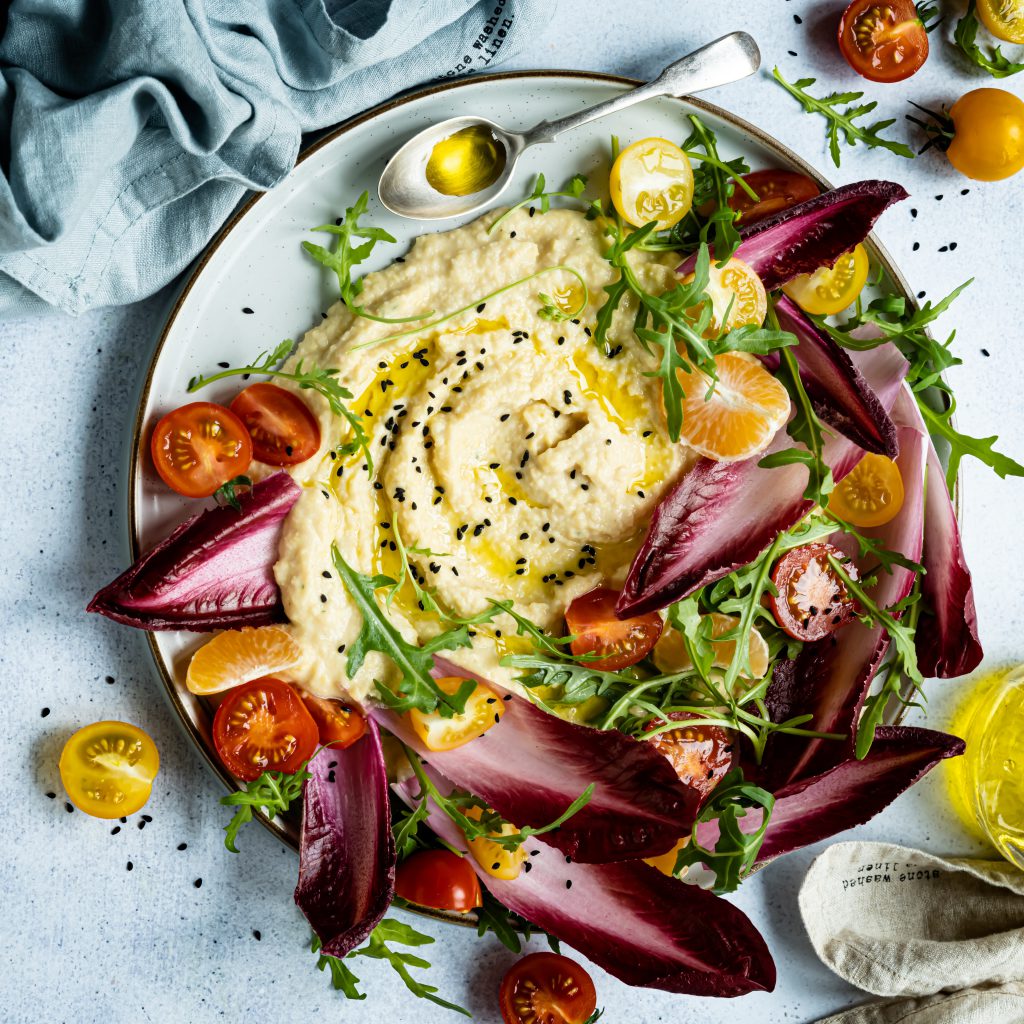
Pita bread or pita chips: Any kind of hummus is perfect as a plain dip.
Vegetable crudités: Carrot sticks, bell pepper strips, or cucumber slices are great vessels to eat hummus carb-free.
Grilled or roasted vegetables: Grill or roast some eggplant, zucchini, or mushrooms and place them on a bed of hummus. Yum!
Falafel or other fried chickpea balls: This might sound like overkill on eating garbanzo beans, but that’s how the original hummus chefs in Lebanon do it.
Grilled or roasted chicken or lamb: The creamy, rich texture of hummus complements the tender, flavorful meat perfectly. For a satisfying meal, place a dollop of hummus on the side of the plate and serve the chicken or lamb on top.
Mixed green salad: Whip up a fresh green salad with tomatoes, cucumbers, and feta cheese and devour it with a bowl of hummus. It’s a low-calorie meal that’ll keep you full for a good amount of time.
Roasted potatoes or sweet potatoes: Crispy, tender texture of roasted potatoes just carries the delicious hummus with grace.
Steamed cauliflower or broccoli florets: Simply place a dollop of hummus on the side of the plate and serve the steamed vegetables with it. You can also use hummus as a dip for the cauliflower and broccoli florets or as a spread for sandwiches or wraps filled with steamed vegetables.
Quinoa or other grain dishes: The creamy, rich texture of hummus complements the nutty, flavorful texture of quinoa and other grains. You can use hummus to make your grain bowls irresistible.
Fried eggs or scrambled eggs: Try slathering some hummus on a slice of toast and topping it with scrambled or fried eggs. Better if you have some runny yolk in there.
Spread in sandwiches and wraps: Hummus is a world-class spread for sandwiches and wraps. It’s creamy and full of flavor, which adds richness to your sandwich and wraps without overpowering the other ingredients.
Hummus can be a versatile and tasty addition to many dishes, so feel free to experiment and try it with different foods to see what you like best.
Over and Out!
Making hummus at home is so easy! Once you get the hang of it, you’ll be making it every week. Sure, there are also ready-made packs of hummus at grocery stores, but those products are just bland compared to the ones you make with fresh ingredients.
Homemade hummus is just so tasty, healthy, and easy to make — and a perfect way to make your children eat their veggies. If you like adding more dips and sauces to your diet, check out our basil pesto, caesar dressing, and guacamole recipes to ensure you never eat bland food again.


